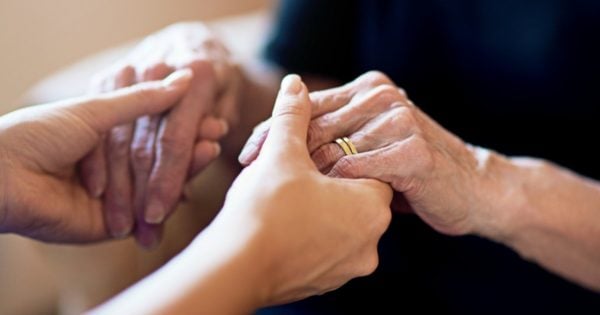Last week, hospice chaplain Kerry Egan was interviewed on NPR’s Fresh Air about what it’s like working with people who are in the process of dying.
Egan spoke about counselling people to calmly accept their own mortality, how most people are less afraid of death than we might assume, and why as a culture we need to place less emphasis on a dying person’s last words.
But the most fascinating part of the interview was a discussion about what people commonly report seeing during their final days.
“It’s really common for people who are dying to see their mothers,” Egan explained. “It’s not a necessary step, everybody doesn’t experience it, but it happens a lot… They come to them, they wave at them, sometimes they talk to them, and it’s really, really comforting to people.”

Egan is referring to deathbed visions, which are indeed a widely cited phenomenon.

Top Comments
It is the soul preparing to leave, and loves ones souls coming forth to help with love,not hallucinations at all!
That sounds quite beautiful and comforting to me.